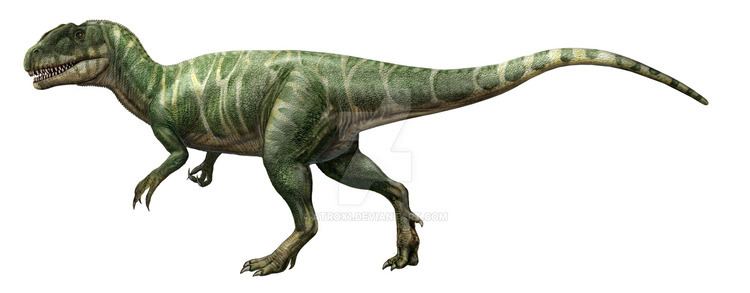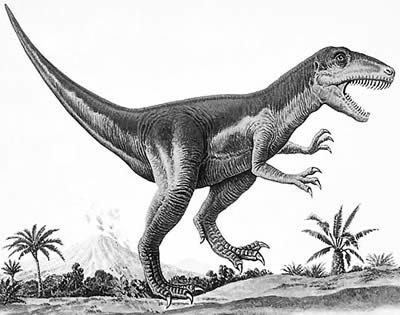Phylum Chordata | Class Reptilia Scientific name Piatnitzkysaurus floresi Rank Genus | |
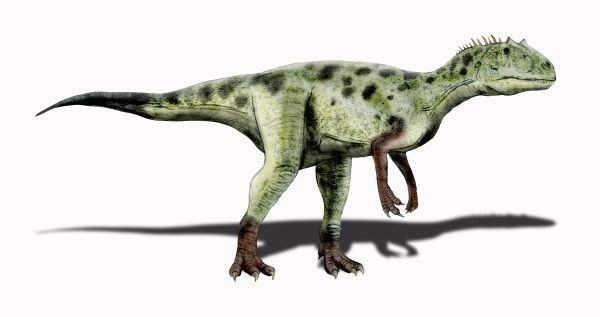 | ||
Similar | ||
Piatnitzkysaurus ("PEA-at-NITS-key-SORE-us") is an extinct genus of megalosauroid theropod dinosaur that lived approximately 166 to 164 million years ago during the middle part of the Jurassic Period in what is now Argentina. Piatnitzkysaurus was a moderately large, lightly built, bipedal, ground-dwelling carnivore, that could grow up to 4.3 m (14.1 ft) long.
Contents
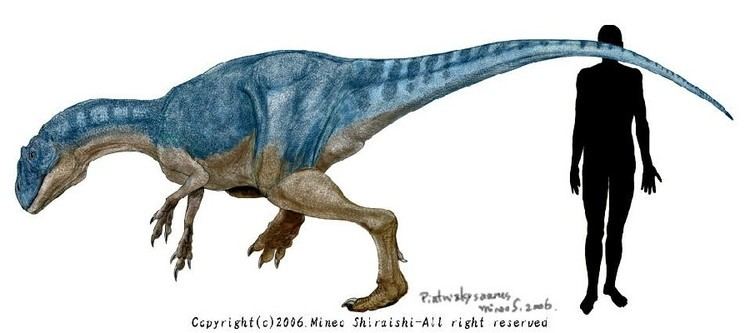
Proceratosaurus vs piatnitzkysaurus
Description
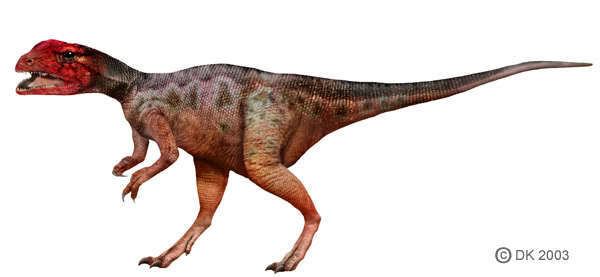
In total two partial skeletons are known (a fractured skull and parts of two postcranial skeletons, among which paratype MACN CH 895) and show that Piatnitzkysaurus was a relatively lightly built medium-sized bipedal carnivore that was around 4.3 metres (14 ft) long and around 450 kilograms (990 lb) in mass, though such estimates apply to the holotype, which is a subadult. It had robust arms and powerful hind legs with four toes on each foot. Its ischium is 423 millimetres (16.7 in) long. Its braincase resembles that of another megalosauroid, the megalosaurid Piveteausaurus from France. A general resemblance to the theropod Allosaurus was also noted by Benton (1992).
Discovery
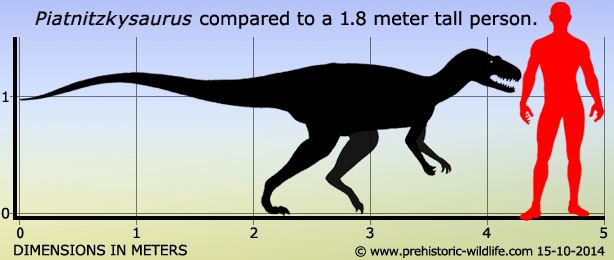
The type species, Piatnitzkysaurus floresi, was described by Jose Bonaparte in 1979. It was named to honor Alejandro Matveievich Piatnitzky (1879–1959), a Russian-born Argentine geologist.
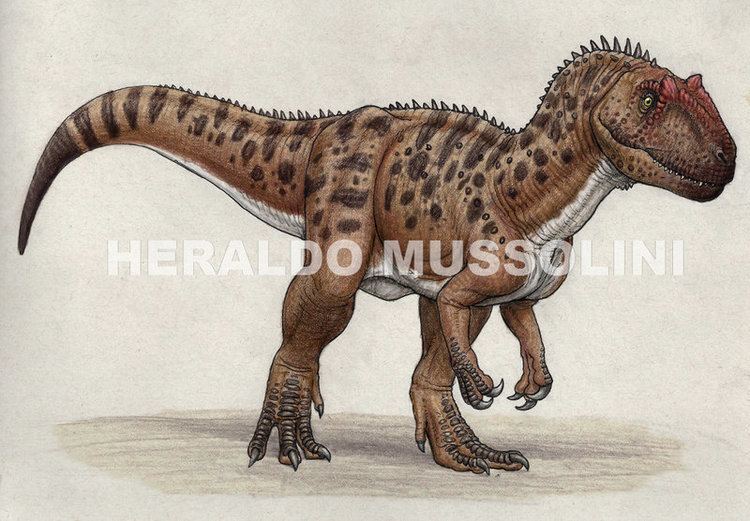
The holotype specimen of Piatnitzkysaurus, PVL 4073, was collected during expeditions in 1977, 1982, 1983 at the Canadon Asfalto Formation in sediments that were deposited during the Callovian stage of the Jurassic period, approximately 166 to 164 million years ago. Once thought to be a basal carnosaur, it is instead a megalosauroid.
